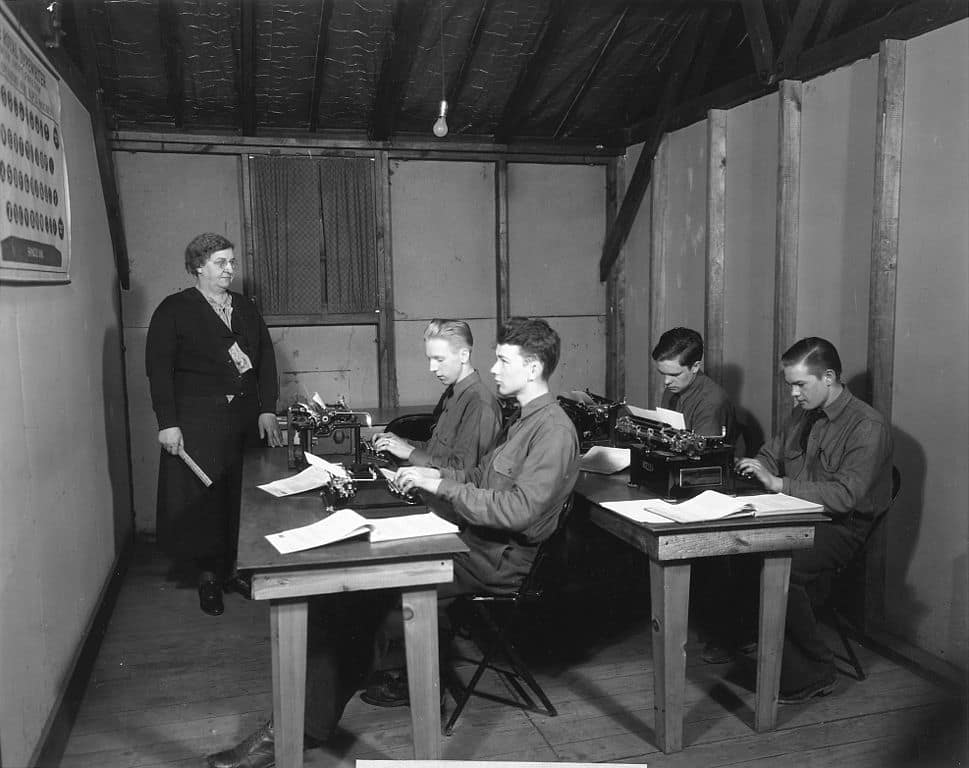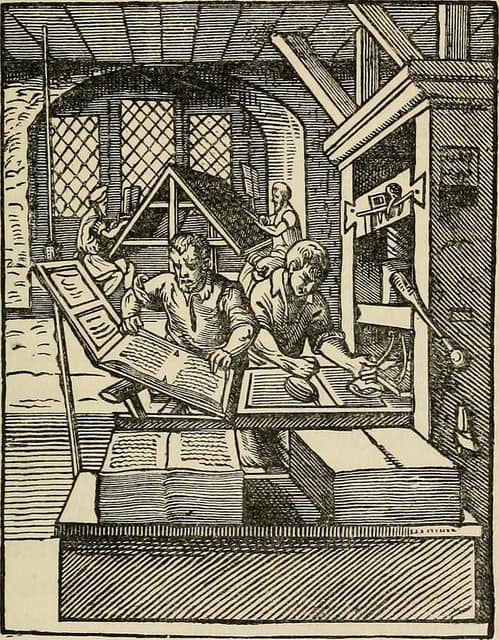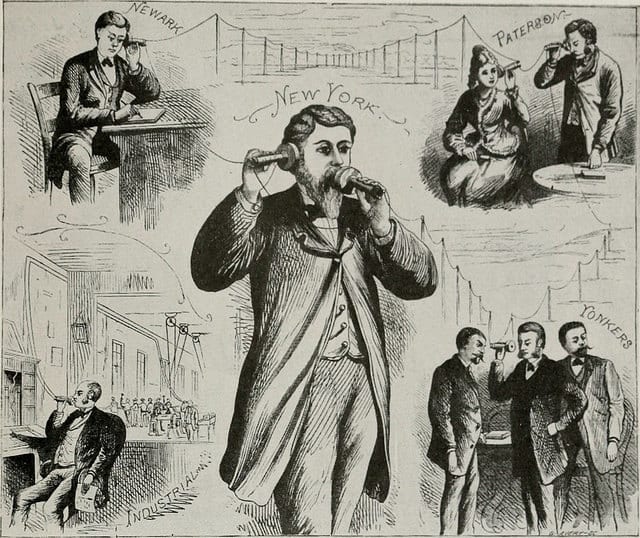 We’ll be using iBooks Author to finish our iBooks today (Report to Digital lab / Clark Library).
We’ll be using iBooks Author to finish our iBooks today (Report to Digital lab / Clark Library).
Note: You will be adding your last blog post (reflection) as a final portion of the lesson. That can be your look back at the of the entire document based lesson process.
Here’s our final pre-publication checklist
- We will use the Inspector/ Document to disable “Hyphenate.”
- Your chapters will need your names. If you have a website, Twitter or LinkedIn page, etc – you can link to it so readers can find you.
- Does your chapter include relevant dates (or eras).
- You will need to have links back to documents / content. They should not just link to jpg file, but the entire source as listed in whatever archive you used.
- Sources can be cited adjacent to document or at end of the lesson as Work Cited.
- All links should all be checked to see if they work. To save space consider just using the words source and making it a hyperlink.
- Looking for icons to spice it up? Check out The Noun Project. They are free and should be cited in your sources if the name gets cut off of icon.
- Some of the images you used are bit fuzzy in resolution. We can look for higher resolution versions.
- If you have large images, you can use a setting to make the images pop out to full size. (inspector/ widget/ interaction/ goes to full screen)
- Be sure you do not have any placeholder text in widgets “Lorem ipsum dolor sit amet….” That needs to be removed. iTunes will not accept the iBook.
- Look to be sure you don’t have any empty text boxes you might have added. They will be in the center of the page
Image Credit: Civilian Conservation Corps, Third Corps Area, typing class with W.P.A. instructor ca. 1933
National Archives and Records Administration Identifier: 197144



